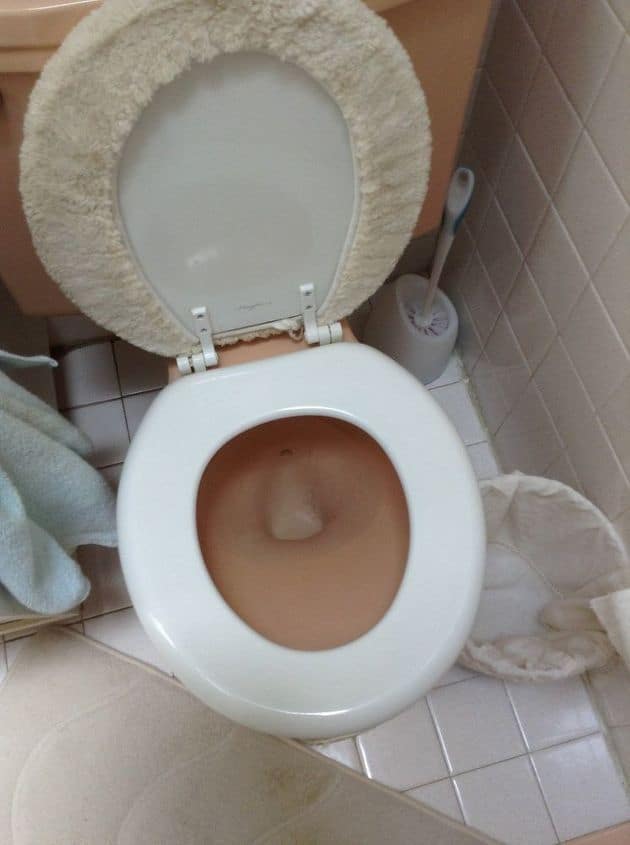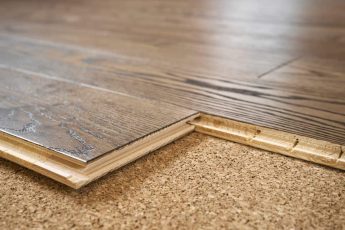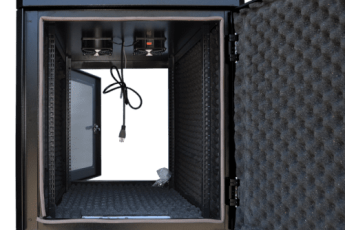The first step to fix a noisy toilet is to find out what’s causing it. It could be a leaky fill valve or a worn-out flapper. Then, you can take your toilet to a plumber to fix it. If the noise persists, read on to discover some possible solutions.
Fixing a leaking fill valve
A leaking fill valve can be the source of noise in your toilet. It can also be a sign that your water pressure is low. If you notice noises coming from the toilet when it’s not in use, you should investigate the fill valve. It’s a small tube connecting to the water supply line and has a ball that fills with air. You can open the top end of the valve to inspect and repair the problem.
A leaking fill valve is usually the cause of hissing or gurgling noises from your toilet. You can try cleaning the fill valve by holding a large cup and running water into it. This should clear away any debris or gunk that may be inside. If this method is ineffective, call a plumbing service. They should be able to help you find a replacement part.
A leaking fill valve can be easily fixed by replacing the fill valve. The procedure is simple and doesn’t take much time. The parts required to replace the valve range from $19 to $35. It should take you less than three hours. If you don’t have the tools or time to perform this repair yourself, you can hire a plumber to do the job for you.
A leaking fill valve can also cause a loud noise from your toilet when it’s not in use. The leaky valve may be causing calcium deposits in the inner portion of the pipes.
Checking for a worn-out flapper
If your toilet is making a loud noise when not in use, it may be caused by a worn-out flapper. The flapper is a piece of rubber that seals the toilet tank and fill valve. When it is loose or worn, it can cause the fill valve to run constantly. The fill valve keeps the tank’s water level from falling too low. This is a relatively easy repair.

Flappers are usually made from high-quality rubber or plastic. Manufacturers often use materials that resist chlorine, bacteria, and hard water to extend their lifespan. Typically, a flapper will last between three and five years. As they wear down, they lose their ability to create a water-tight seal, resulting in leaks. If you have a leaking flapper, you will probably have to refill your toilet frequently.
If the flapper is causing the noise, try adjusting the length of the flapper valve. If it is loose or worn, it may be dirty. Cleaning the flapper will also help the seal and keep water from escaping. A new flapper can also make the noise disappear altogether. Make sure you use the proper gaskets when replacing the flapper.
A worn-out flapper can also cause the toilet to make a hissing sound when it is filling up. This happens when the flapper is not flexible enough, and water leaks from the tank into the bowl. This can lead to a large waste of water.
Another cause of toilet noise when not in use is the handle. If the handle is too loose, the toilet may keep running without reason. The chain must have some slack to prevent it from being caught between the flapper and the drain.
Checking for a faulty fill valve
If your toilet makes noise when not in use, you may need to replace the fill valve. Fortunately, these valves are inexpensive and easy to replace. To do this yourself, you’ll need a pair of water pump pliers, an adjustable crescent wrench, and a bit of patience. You should be able to complete the task in about three hours or less.
A faulty fill valve can cause your toilet to make a whistling noise. Usually, the valve will shut off automatically when the tank is full. But if the valve does not shut off, water will keep running and can increase your water bill.
A noisy toilet can signify problems, including trapped air in the pipes, clogs in the drains, and the build-up of minerals in the tank. A loud gurgling sound is a sure sign of a plumbing issue, so you should check it out as soon as possible. You should also look for hisses in the tank, as they are caused by water leaking.

If you are worried about your toilet’s fill valve, you should replace it as soon as possible. A faulty fill valve can increase the water the toilet uses and cause your utility bill to rise. Don’t ignore this problem, as it will only worsen over time. If you ignore the problem, you’ll pay higher bills and risk a burst toilet.
Checking for a faulty flapper
If your toilet is making noise when you’re not using it, the flapper may be the problem. The flapper is a mechanism that controls how much water gets into your toilet. If it’s not functioning correctly, you may need to replace it. To replace it, first, remove the old flapper from the tank lever. Then, unscrew the flapper and check the chain.
Several things, including trapped air in the pipes, a clogged drain, or a buildup of minerals in the tank, can cause noise. It’s always best to call a plumber when you notice noise from your toilet because it indicates a problem. High-pitched noises from your toilet indicate that something isn’t working correctly.
Toilet noises signify a faulty flapper, which is relatively inexpensive to replace. If the flapper is not working correctly, it may be causing negative pressure in your pipes and drains. When this happens, you should call a plumber immediately to repair or replace the flapper.
Other signs of a faulty flapper include high-pitched sounds when water refills the tank. A faulty flapper may also result in the overflow tube filling with water. To prevent this, ensure the water level is below the overflow tube by half an inch.
If the noise persists even when you’re not using the toilet, you may need to replace the flapper. The faulty flapper can also cause the water to leak. If the flapper is leaking water, it can cause the toilet to run continuously. You can check the fill valve if you have to replace the flapper.

Checking for a loose washer
When your toilet starts to make noise, check for a loose washer and replace it if necessary. This is an easy fix, but if the noise persists, you might need to replace the valve. In this case, you should consult a plumber.
You can also check for a loose washer in the ballcock assembly. This problem is common in older toilets with metal ballcock-style fill valves. Simply lift the float ball to the top of the tank and check for a loose washer.
Another common cause of toilet noise is a worn or faulty flapper. This can cause your water bill to be higher than usual. To fix this problem, you must remove the top part of the valve and the ball, armature, and washer. Once you’ve removed these parts, replace the washer. Replace the ball and armature if necessary. Make sure you flush the toilet after replacing the washer.
If the noise continues, check the fill valve and the bolts. If the nut is loose, tighten it with pliers or a small wrench. When you’re finished, reinstall the flapper valve and reconnect the water supply pipe. Then, check the fill level of the toilet by adjusting the float to get within an inch of the overflow tube. If it’s not, you may need to shim the base to solve the problem.





